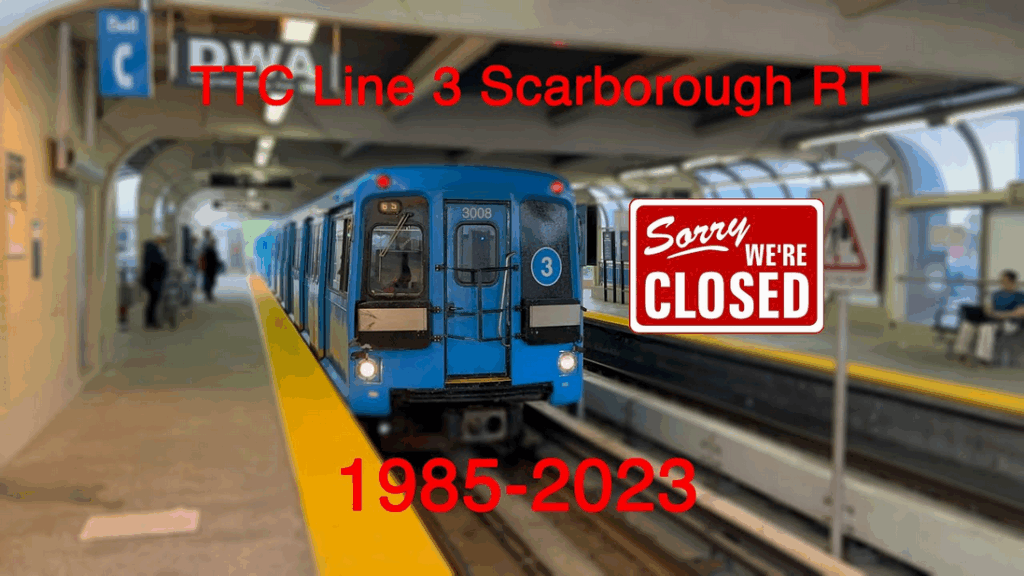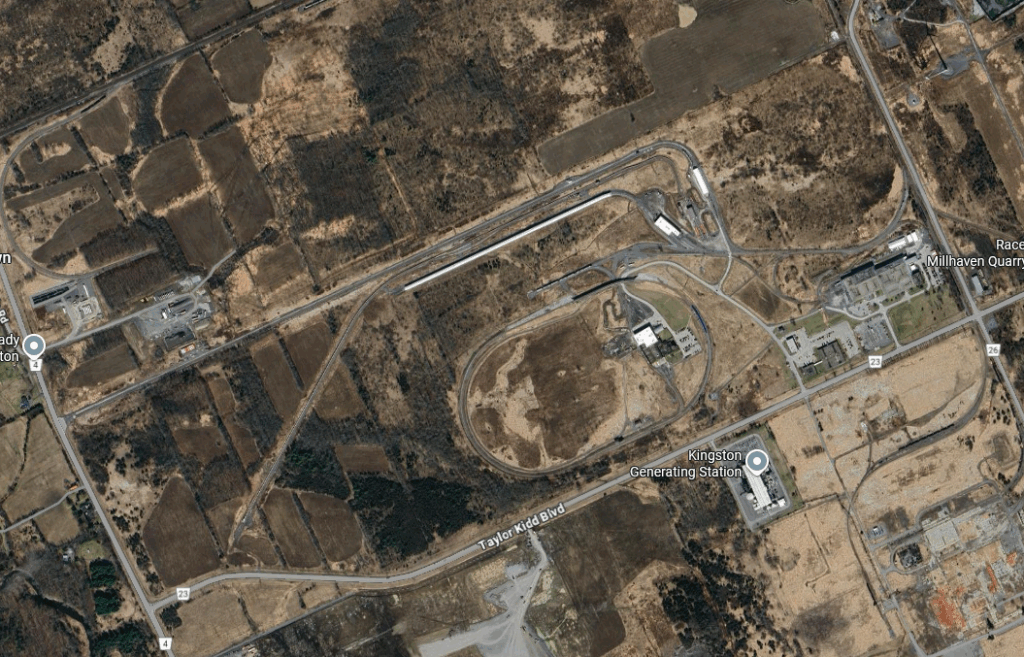Transit lessons unlearned
First posted in 2009 – Updated 2025
Two and a half decades later, the following lessons have not been learned by TransLink, Metro Vancouver and the provincial NDP. It is sheer negligence on the part of TransLink, the Mayor’s Council on Transit, and the Ministry of Transportation, that they remain ignorant of what was commonly known elsewhere, not just a decade or so ago, rather four decades ago.
“Those who ignore history are doomed to repeat it”
Ignorance of the truth, is not a defense.
Lesson #1
In the very early 1980’s, the Ontario Conservative Party (the William Davis Government) tried to force the Toronto Transit Commission (TTC) to build with the new Intermediate Capacity Transit System or ICTS, now known as SkyTrain; produced by the Urban Transit Development Corporation (UTDC) an Ontario crown corporation. The TTC commissioned a comprehensive study comparing streetcars/LRT and metro with ICTS and the results were not encouraging to those wishing to sell ICTS. The information and conclusions of the Accelerated Rapid Transit Study (ARTS) gave the City of Hamilton enough ammunition to reject the Ontario provincial government lead, construction planning for ICTS in the city.
The TTC transit study, the Accelerated Rapid Transit Study or ‘ARTS’ found that:
“ICTS costs anything up to ten times as much as a conventional light-rail line to install, for about the same capacity; or put another way, ICTS costs more than a heavy-rail subway, with four times its capacity.”
ICTS was dead in the water as a product, so UTDC did what every other manufacturer does when faced with this dilemma, they changed the name from ICTS to ALRT or Advanced Light Rail Transit and sold the unsalable ICTS to some political rubes out West, namely Bill Bennett and Grace McCarthy, the leader and deputy leader of the British Columbia Social Credit Party and the rest, as they say, is history.

Toronto’s ICTS system, one of three built, closed for good in 2023.
Lesson #2
In the 1980’s there was much debate between modern light-rail and many proprietary transit systems being offered for sale, which included the SkyTrain ICTS/ALRT automatic light-metro. Many claims were made by the owners of various proprietary transit systems being offered for sale, about the effectiveness of their transit systems.
In 1991, Gerald Fox a noted American transit specialist, produced a study comparing light-rail and automatic guided transit (AGT) systems including SkyTrain and the French VAL light-metro system. The study concluded that despite the hype and hoopla of the promoters of AGT systems, there was no benefit in building with more expensive AGT. These conclusions were not lost on American and European transit planners, who wanted ‘the best bang for the buck’ and the desire to build prestigious and expensive light-metro systems waned from the mid 90’s until the present day.
Conclusions from Gerald Fox’s A Comparison Between Light Rail And Automated Transit Systems. (1991)
- Requiring fully grade separated R-O-W and stations and higher car and equipment costs, total construction costs is higher for AGT than LRT. A city selecting AGT will tend to have a smaller rapid transit network than a city selecting LRT.
- There is no evidence that automatic operation saves operating and maintenance costs compared to modern LRT operating on a comparable quality of alignment.
- The rigidity imposed on operations by a centralized control system and lack of localized response options have resulted in poor levels of reliability on AGT compared to the more versatile LRT systems.
- LRT and AGT have similar capacities capabilities if used on the same quality of alignment. LRT also has the option to branch out on less costly R-O-W.
- Being a product of contemporary technology, AGT systems carry with them the seeds of obsolescence.
- Transit agencies that buy into proprietary systems should consider their future procurement options, particularly if the original equipment manufacturer were to cease operations.
Today TransLink and the provincial government still make unfounded claims of superior operation for SkyTrain (if it doesn’t snow) and denounces LRT as a poor-man’s rapid transit system. Nothing could be further than the truth and it still seems TransLink and the SkyTrain lobby have failed to read and understand transit lessons, taught over four decades ago!
France’s VAL system, a French proprietary Light Metro.
The provincial government is now spending over $16 billion to extend the Expo and Millennium Lines a mere 21.7 km. Currently the project is currently underfunded by $3 to $4 billion.
As well, there is growing pressure on the provincial government to extend the Broadway subway to UBC at a now estimated cost of $8 billion. Added to this there is more than growing pressure to extend SkyTrain to the North Shore at a cost of in excess of $10 billion!
Yet, there is no actual proof that SkyTrain has taken cars off the road. A great portion of SkyTrain’s ridership is merely recycling bus customers, as over 80% of the light metro’s ridership first take a bus.
There has been no sales of the proprietary railway in over 25 years and only six remain in operation, yet Metro Vancouver, The Mayor’s Council on Transit, the Ministry of Transportation and the Provincial NDP still call the system “world class” and continue to plan and build with it, even though Alstom, who now owns the system, is selling the Kingston plant which produces the proprietary rail vehicles and CN Rail has applied to abandon the spur line servicing the plant.

The Kingston Plant, soon to be sold home of the Innovia 300 (MALM) vehicle production.
Vancouver’s SkyTrain, the only ‘world class’ system in the world, that no one wants to buy! Now, that is world class!





Moving from Toronto to Ottawa, as well as working for other transit properties while I lived in these cities taught me one fundamental truth about transit operating technology. There’s more than one way to do things. Like Ottawa with its Transitway (Heavy full capacity Busways) fascination, planning for and building nothing but Transitways for almost 3 decades and then having the Transitway aristocracy fighting like hell against LRT for another decade, showed me how entrenched a technology can get. The same is true for the Skytrains in Vancouver.
Both the Transitways and Skytrains did work and helped build transit ridership but they hit their limits on what they can really affordably do. The question is how much time until people in power in Vancouver realise this?
Scarborough RT was closed to expand the other subway to Scarborough. It will be a lot better.
Zwei replies: That was the plan but it closed early due to the LIM literally tearing up the reaction rail.